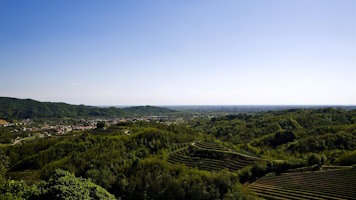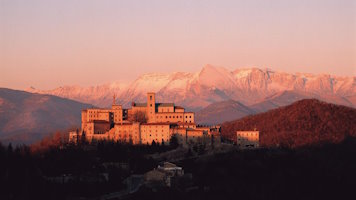The rural Village of Molinis
First mentioned in 1140, Molinis was donated to the Waldhausen Monastery in 1147; by 1219 it belonged to the Caporiacco family, in 1278 to Castel Porpetto, and in 1463 to the noble Castello family. The village had five mills, powered by the waters of the Torre River through canals and movable locks. They were scattered in the three villages that make up the town: Sopra (above), Mezzo (in the middle), and Sotto (below). The traditional milling practice, very ancient and widespread, began to decline between the 19th and 20th centuries, due to both the tax imposed by the new Italian government after 1870 and the advent of newer, more economical sources of energy.
The only mill existing today is the Molino Fadini Mandulin in the village of Sopra, which operated until the 1950s with four corn millstones. The building has three floors, is made of partially plastered stone masonry; on the side facing away from the river, there is a popular devotional fresco from 1876, while the façade facing the canal housed the four wheels at a lower level. An iron beater was placed in the immediate vicinity of the building.
The village of Mezzo features rural buildings grouped or clustered around courtyards with two floors plus a granary, with exposed or plastered stone walls, wooden framed roof structures with tile coverings, and stone door and window frames. Casa Venuti emerges in the village of Sotto, a rural building with exposed stone walls, divided into three buildings.

ph. Giorgio Bianchi, Archive MCC

ph. Giorgio Bianchi, Archive MCC

ph. Giorgio Bianchi, Archive MCC

ph. Giorgio Bianchi, Archive MCC














